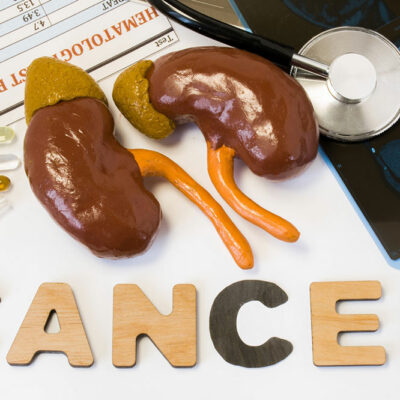
Health
Beneficial Foods for Children with Cystic Fibrosis
Children affected by cystic fibrosis suffer from malnutrition due to the frequent bouts of infection and a lack of appetite. This could affect their growth and development as they are not getting enough calories and nutrition through their diet. Their bodies become unable to absorb the required fats, proteins, vitamins, and minerals from the regular diet, so a high-calorie diet with vitamin and sodium supplements has to be followed. Children with cystic fibrosis need to eat at least 3 meals and 2 to 3 snacks a day. It may be difficult to make children eat healthy food if it is bland, but interesting snacks and dishes can be prepared to include foods to help manage cystic fibrosis in their diet. To add extra calories to their diet, the meals and snacks have to be supplemented with calorie-rich creams, butter, oils, and dairy products. Foods that can be consumed to help manage cystic fibrosis include eggs, meat, fish, cereals, fruits, vegetables, dairy products, nuts, and seeds. The fluid intake should also be monitored and maintained with energy drinks if necessary. This article lists out some foods to add to children’s diets to help them fight this illness effectively. To add extra calories Add butter, oil, or margarine to bread, toast, crackers, sandwiches, cereals, noodles, and soups.
Read More 















